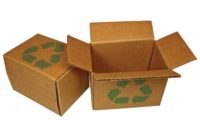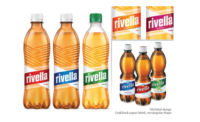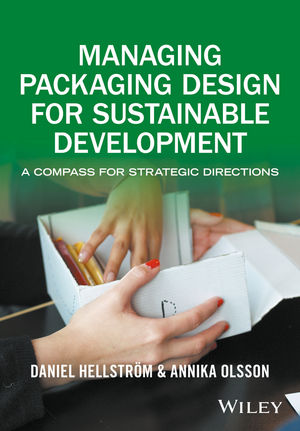New data reveals that consumer demand for sustainable packaging continues to grow, led by a younger generation who are overwhelmingly willing to pay more for packaging that they consider to be eco-friendly.
The information comes from Trivium Packaging’s 2021 Global Buying Green Report in partnership with Boston Consulting Group, which surveyed more than 15,000 participants across Europe, North America and South America on their behaviors related to sustainable packaging, including willingness to pay more for eco-friendly packaging, and perceptions of different packaging materials.
The study reveals a steady climb in younger consumers’ dedication to sustainable living. Eighty-three percent of those 44 and under were willing to pay more for sustainable packaging. The study also showed that younger consumers were 23% more inclined to pay for sustainable packaging than older generations, with no significant difference in income bracket or between Millennials and Generation Zers.
Key findings conclude that overall consumer demand for sustainable packaging remains high despite the major impact COVID-19 had globally. Sixty-seven percent of consumers identified as environmentally aware, consistent with last year’s report. Additionally, 67% of those surveyed identified packaging that is recyclable as important, 64% identified packaging that contains recycled content as a priority in their buying decisions and fewer than 1 in 3 consumers deprioritized sustainable packaging due to COVID-19.
“No event in recent memory has had as much impact on consumer behavior as COVID-19 yet the majority of consumers did not de-prioritize sustainability in the face of the pandemic, a true testament to the unwavering sustainability movement led by young consumers” says Trivium Packaging CEO Michael Mapes.
Consumers were aligned across all regions on identifying plastic as the most unsustainable packaging material on the market, consistent with findings from Trivium’s 2020 report as well as broader research on the negative environmental impact of plastic packaging. Survey respondents consistently associated plastic with undesirable attributes such as ocean pollution (63%), harmful (55%) and wasteful (36%).
But while consumer awareness of environmental impact, pollution and harmful materials to the planet remains high, the study points to an alarming consumer misconception: a gap between actual material recyclability and consumer perceptions of it. Metal, for example, is recycled at a much higher rate (64%) than perceived by the consumer (48%) while glass, plastic and liquid cartons all have a much lower rate of recycling (32%, 14%, 26%) than that perceived by the consumer (65%, 41%, 65% respectively).
Visit TriviumPackaging.com to download the full report.









